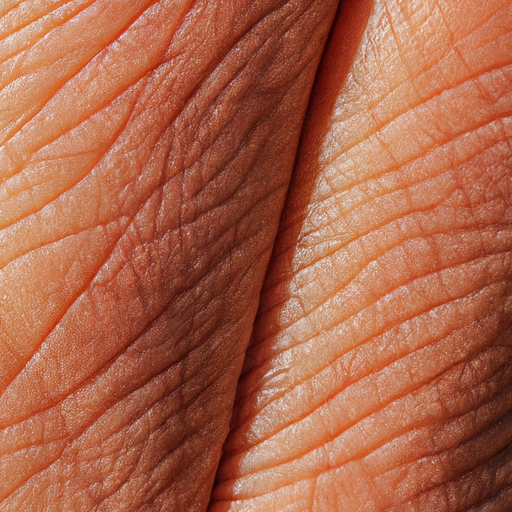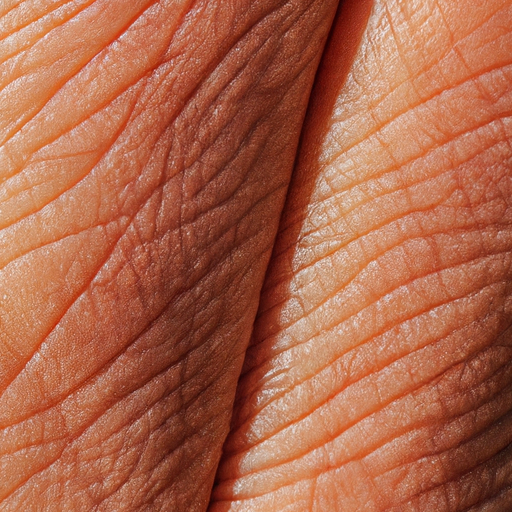Dry skin, also known as xerosis cutis, is a common condition that affects many people worldwide. It can occur at any age and in any climate, although it is more prevalent in colder climates and among the elderly. Dry skin can be uncomfortable, causing itching, flaking, and even cracking. However, with the right diagnosis and treatment, it can be effectively managed.
Diagnosis of Dry Skin
The diagnosis of dry skin is typically based on a physical examination and a detailed discussion about your symptoms and medical history. Your dermatologist will examine your skin, noting its texture and appearance, and may ask about your diet, lifestyle, and the use of any medications or skin care products.
In some cases, your dermatologist may perform certain tests to rule out other skin conditions that may be causing your dry skin. These tests may include a skin biopsy, where a small sample of your skin is removed and examined under a microscope, or patch testing, where small amounts of various substances are applied to your skin to check for allergic reactions.
Treatment of Dry Skin
The treatment for dry skin primarily involves replenishing lost moisture and protecting the skin from further moisture loss. This can be achieved through a combination of lifestyle changes and topical treatments.
1. Moisturizers: These are the cornerstone of dry skin treatment. They work by providing a protective layer on the skin’s surface that locks in moisture. The best time to apply a moisturizer is immediately after bathing when your skin is still damp. Look for moisturizers that contain ingredients like hyaluronic acid, glycerin, lactic acid, or urea, which are known for their hydrating properties.
2. Gentle Skin Care: Avoid harsh soaps and detergents that can strip the skin of its natural oils. Opt for gentle, fragrance-free cleansers instead. Also, limit your bath or shower time to 10-15 minutes and use warm, not hot, water.
3. Humidifiers: These devices can help add moisture to the air in your home, which can be beneficial for your skin, especially during the dry winter months.
4. Hydration and Diet: Drinking plenty of water can help keep your skin hydrated from the inside out. Also, a diet rich in omega-3 fatty acids, such as those found in fish and flaxseeds, can help improve skin health.
5. Prescription Medications: In severe cases of dry skin, your dermatologist may prescribe topical corticosteroids or other medications to reduce inflammation and itching.
Prevention is Key
Preventing dry skin is often easier than treating it. Regular use of a good moisturizer, avoiding harsh soaps and hot showers, using a humidifier, and staying hydrated can all help maintain your skin’s moisture levels.
In conclusion, while dry skin can be a nuisance, it is generally not a serious condition and can be effectively managed with the right care. If you are struggling with dry skin, it is important to see a dermatologist who can provide a proper diagnosis and treatment plan. Remember, every person’s skin is unique, and what works for one person may not work for another. Therefore, it is crucial to find a treatment plan that works best for your individual skin needs.




